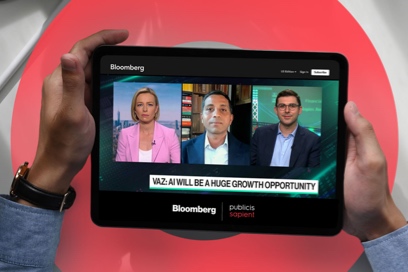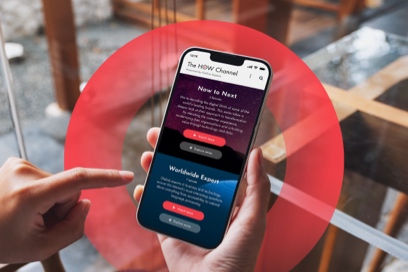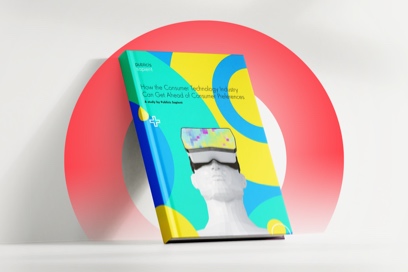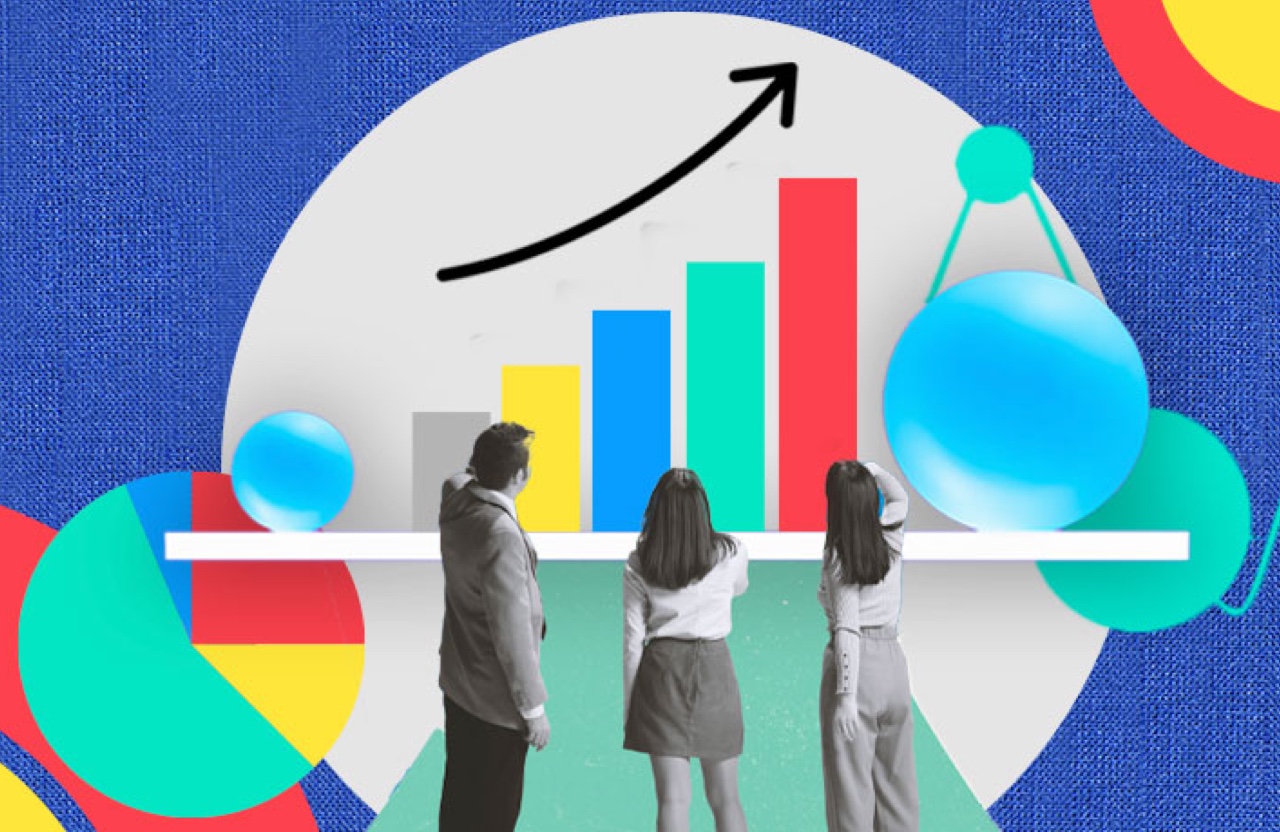The unique B2B data analytics challenge for CP companies
There are a variety of reasons why CDPs aren’t meeting marketers’ needs, from lack of clarity, lack of management buy-in and lack of integration with the right data channels (registrations, web analytics, chatbot interactions, etc.).
There are also several unique challenges that B2B CP companies are facing with CDP implementation, making the implementation roadmap even more important:
1. Identifying the decision makers:
In the B2B world, customer experiences are varied and buyer personas are in flux. A 360 profile in a CDP needs to be progressive, to account for different buyer roles throughout the company, as well as changes when customers leave the company or change positions.
2. Personalization:
When it comes to marketing personalization, compared to B2C companies, many B2B organizations don’t have nearly as much first-party or third-party data to accurately tailor their messaging to different roles, companies, or sectors. B2B companies need to think realistically about how first-party data acquisition strategies match up to personalization goals.
3. The value exchange:
While B2C companies can access first-party data and demographic information through gamification, prizes and social profiles, B2B firms are more limited to customer data through newsletter sign-ups, gated content or customer feedback.
4. Multiple brands and categories:
CP companies with economies of scale have to determine how to unify and integrate customer data across different brands and categories, balancing complexity with potential business value. It’s even more important to define new ways of working and operating to ensure data compliance and security.
5. Turning insights into action:
Personalization is often a new concept for B2B sales and marketing processes, and even if a CDP is installed it often goes underutilized. Lack of tech talent, resources and ample buy-in prevents customer insights from influencing sales. B2B companies with relationship-based direct sales models need to decide how customer insights will influence the sales rep employee journey.
The first step in addressing these B2B challenges is defining and prioritizing customer data use cases along with their functional requirements, and determining what data is essential to achieve success with those use cases.














